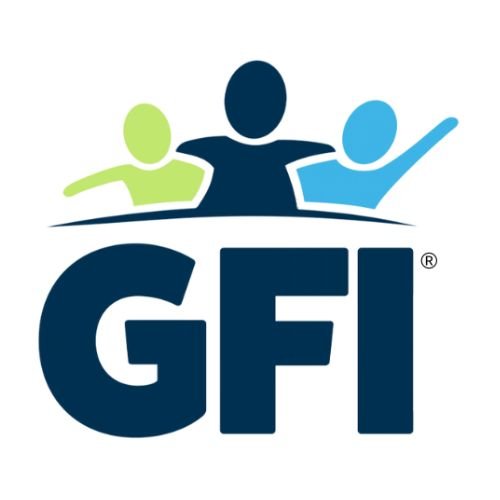Demonstrating Autistic Acceptance
If the aim is an inclusive classroom for neurodivergent kids, we aren’t going to achieve much without leadership showing them how it’s done. Modeling this sort of behavior might feel cumbersome, for fear of overcompensating with forced or unnatural interactions. But a few subtle techniques fly right under the radar and create a culture of acceptance with ease.
Weave diversity into learning.
Instruction with visual aids featuring a variety of kids from differing races, students with disabilities, genders, and age groups, fosters a mindset of diversity as commonplace. Book shelves lined with characters, historical figures, and authors with autism show kids of all neurotypes what they can achieve, and that they’re just as valued in a society. Word problems, story hour, and science learning create excellent opportunities to work autistic people, as well as minorities and those who are LGBTQ+, into the lesson as seamlessly as any other demographic. After all, the more we’re exposed to those who are different from us, the more blurred the barrier we sense between us and them.
How should I refer to you?
Neurodivergent. Autistic. ASD. A child with autism vs. An autistic child. Asperger’s vs. AS. On the spectrum. Before assuming how to refer to your student, a great approach is simply to ask, since feelings around these labels can be unique to each kid, something they can be sensitive about. This might be a conversation with which to involve his or her parents, who can educate the school on what terminology best applies and is preferred by the student. Respecting their experience with a descriptor they use at home or when describing themselves helps identify you, the educator, as an ally and a safe harbor.
Practice what you preach.
Are there peers in your own life who diverge from you in any noticeable way? What sort of presenters are you bringing into the classroom? Are there teacher aides, fellow educators, parents of students, friends or family who don’t look, present, behave, or learn as you do, who you can incorporate into activities? Modeling positive social interactions with grown-ups of a different stripe sets an example for kids to broaden their own friend groups. Include them for volunteer opportunities, field trips, and career day, and show your acceptance, rather than tell.
Beware of superficial inclusion.
A great first step is to pair autistic with neurotypical kids in group learning, sports, or recess games. But for the child on the spectrum, it isn’t uncommon for acceptance to end there. Many students tend to talk around the autistic child without incorporating their input, or strategize team sports without giving the autistic child any meaningful opportunities to compete. As the educator, take initiative to include them in an intentional way by asking them directly for their opinion, or perspective on how they would solve the problem, in a communication style they best respond to. Allowing them a chance to contribute on a regular basis leads classmates to do the same, by literally or figuratively passing them the ball. Often our neurodivergent students’ extraordinary abilities are overshadowed by their outward presentation, and they simply need to be given a moment to shine.
Acceptance really boils down to celebrating ASD differences in an organic and wholistic way. So long as your approach is consistent, a culture that normalizes a broad range of learning and processing styles is contagious. As your students witness your interactions, they are absorbing a lifetime of wisdom that welcomes others with autism well into adulthood.

